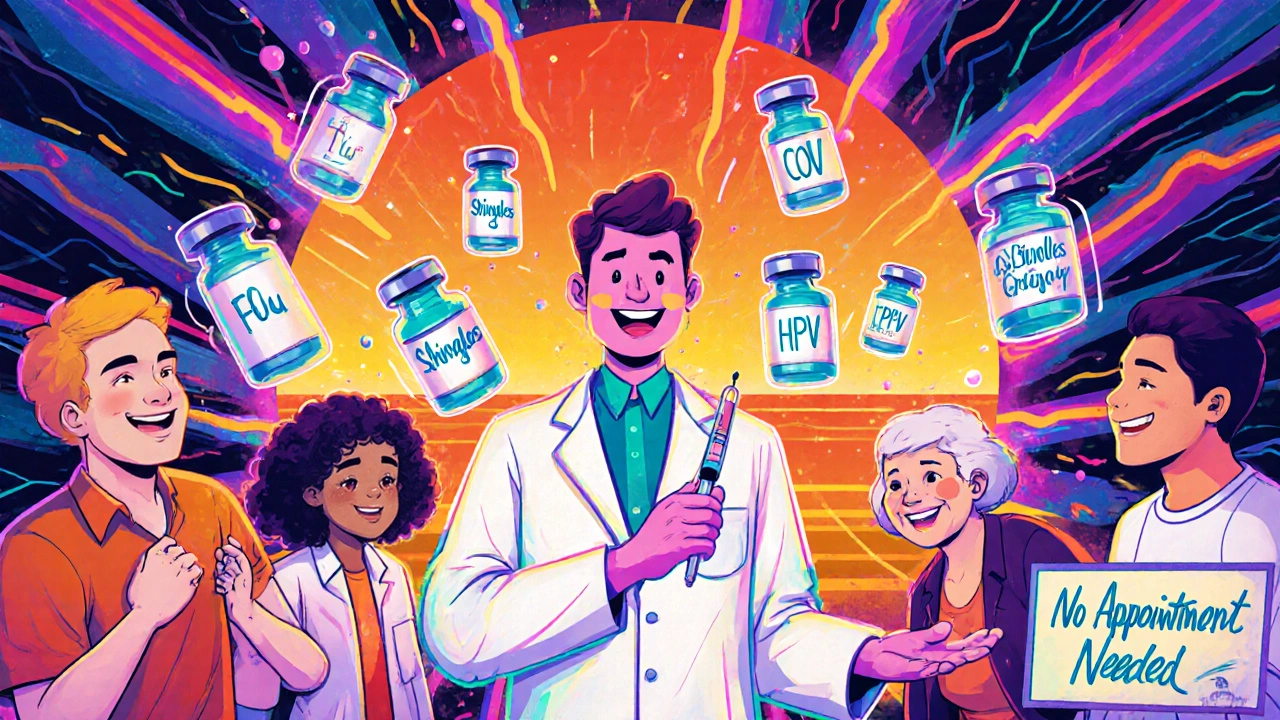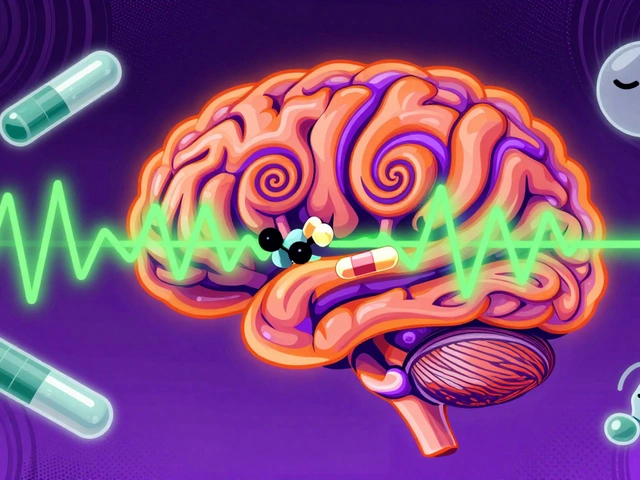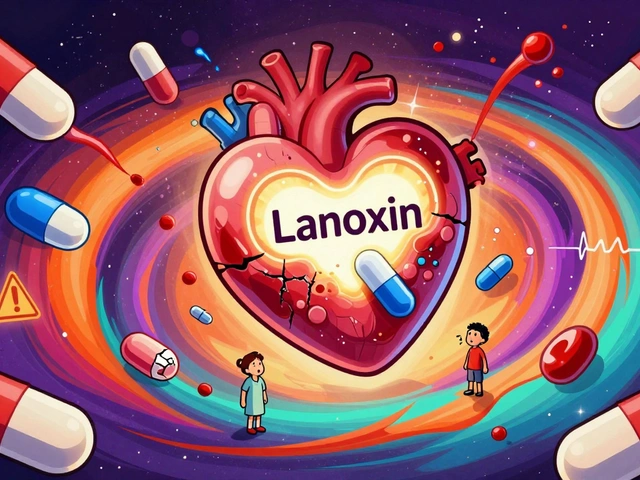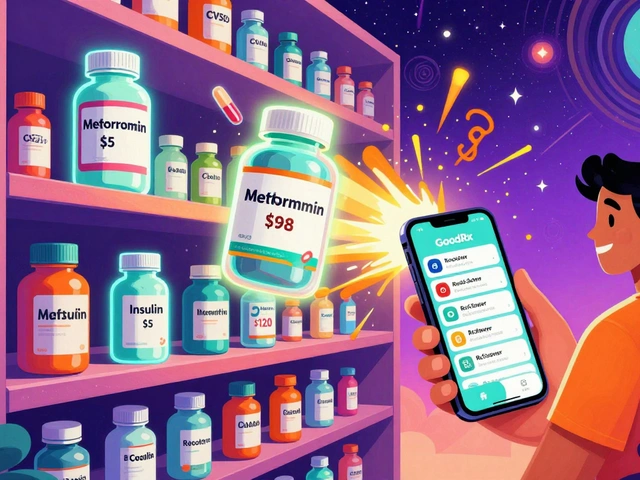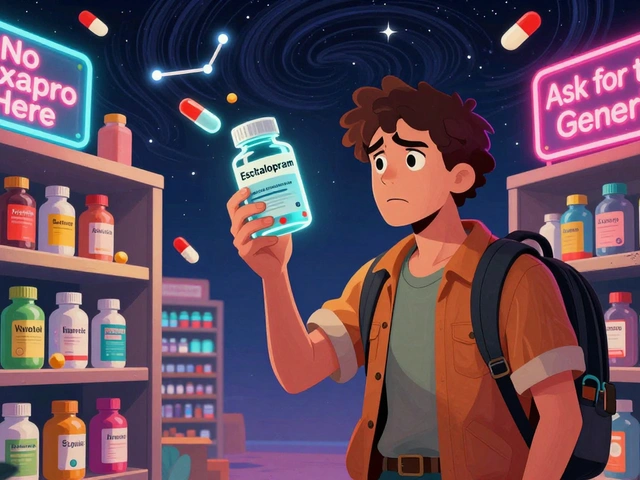Generic Prescriptions: What They Are, Why They Work, and What to Watch For
When you hear generic prescriptions, lower-cost versions of brand-name drugs that contain the same active ingredients, meet the same safety standards, and work the same way in your body. Also known as generic drugs, they’re not second-rate—they’re the same medicine, just without the marketing price tag. Most people assume brand names are better, but that’s not true. The generic prescriptions your doctor writes are held to the exact same standards as the expensive versions. The FDA requires them to have the same dose, strength, route of administration, and performance as the original. If a generic pill doesn’t work the same way, it doesn’t get approved.
So why do they cost so much less? Because the company making the generic didn’t spend millions on ads, celebrity endorsements, or patent lawsuits. They just copied the formula after the patent expired. That’s it. No magic. No secret formula. Just science and competition driving prices down. You’ll find generic drugs, medications that are chemically identical to brand-name drugs but sold under their chemical or generic name for blood pressure, cholesterol, diabetes, depression, and even antibiotics like amoxicillin. In fact, over 90% of all prescriptions filled in the U.S. are generics.
But not all generics are created equal in perception—and sometimes, in experience. Some people report feeling different on a generic version, especially with drugs that have a narrow therapeutic window, like thyroid meds or seizure drugs. That doesn’t mean the generic is bad. It could mean your body is sensitive to tiny differences in fillers or coatings. If you notice a change—like more side effects or less control over symptoms—talk to your pharmacist. They can check if you switched brands or if the manufacturer changed.
And here’s something most don’t realize: the same company that makes your brand-name drug often makes the generic too. They just sell it under a different label. So when you pick up a generic, you might be getting the exact same pill, just in a different bottle. That’s why some pharmacies stick with the same generic manufacturer for consistency. Ask your pharmacist if they can keep you on the same batch if you’re happy with it.
Generic prescriptions aren’t just about saving money—they’re about access. Without them, millions of people couldn’t afford to take their meds. A $300 monthly pill becomes $12. That’s life-changing. But you still need to know what you’re taking. Always check the label. Know the active ingredient. And if you’re switching between brands, don’t assume it’s a problem unless you feel something’s off.
Below, you’ll find real-world stories and science-backed comparisons about how generic prescriptions interact with other drugs, affect your body, and sometimes surprise even doctors. From how rifampin messes with birth control to why amlodipine might cause ringing in your ears, these posts cut through the noise and show you what actually matters. No fluff. Just facts you can use.
Immunizations and Generic Prescriptions: How Pharmacists Are Advocating for Better Care
Pharmacists are now key providers of vaccines and advocates for affordable generic medications. Learn how they're improving access, fighting unfair pricing, and transforming community healthcare.
